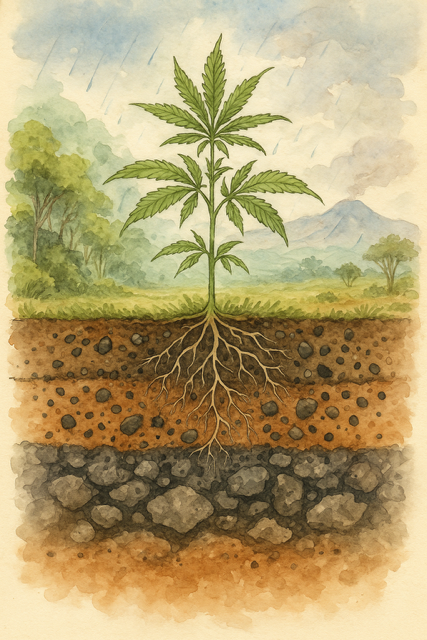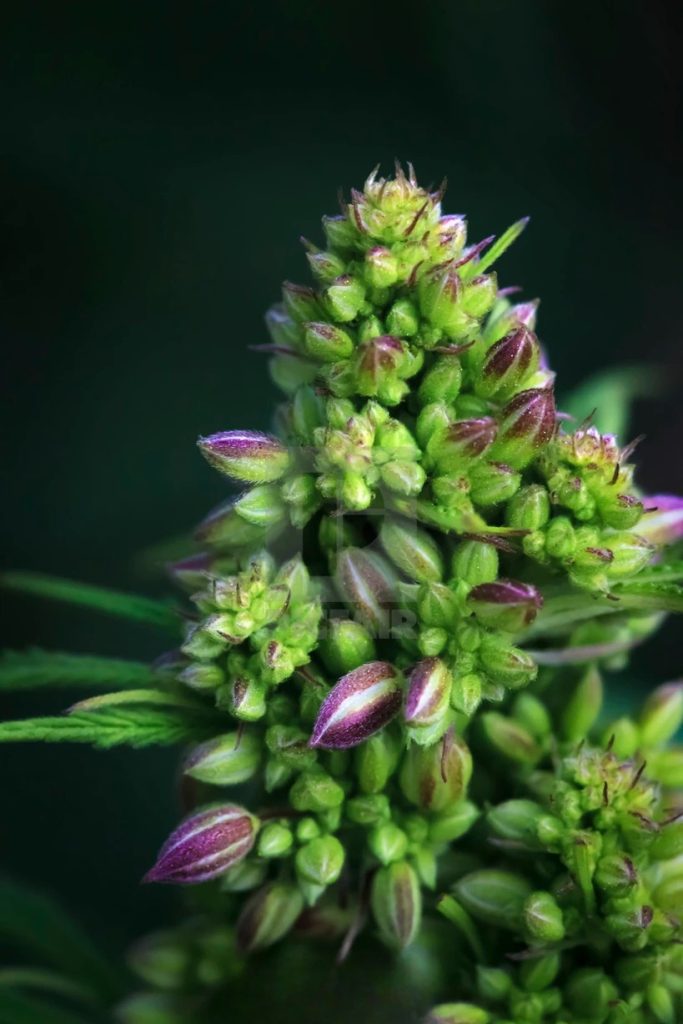
A fresh horticulture hack straight from the Big Island
You already know — there are a million ways to root clones: Pro-Mix, Rapid Rooters, rockwool, aerocloners, whatever works. If you’re sitting on 90–100% success, aloha, keep cruising. But here’s a zero-cost extra step that makes your cuts tougher against heat, humidity swings, and those accidental “oops” moments.
Welcome to Hydroshocking — a fast, ice-cold dunk that keeps your clones perky, plump, and ready to root.
Why It Works
Every grower knows the heartbreak of wilted clones. The moment you snip a branch, water uptake plummets. If temps are warm or air’s too dry, those leaves lose turgor fast — and once they droop, success rates drop.
Hydroshocking borrows a page from real-deal agriculture — the same hydrocooling and vacuum cooling used on lettuce, bok choy, and broccoli to keep them crisp from field to fridge. (Farmers don’t want floppy produce; neither do we.)
Here’s the plant science:
Stops wilting cold: Ice water removes heat instantly, slowing respiration and moisture loss.
Prevents air embolisms: A cutting left dry even a few seconds can suck air into the xylem, blocking water uptake. Keeping it submerged — and chilled — stops that.
Keeps stomata calm: Cooling signals the plant to reduce transpiration. Less water loss = less stress.
The Hydroshock Method (30 Seconds to Better Clones)
1. Prep your ice water.
Use clean, fresh water chilled to about 34–41°F (1–5°C). A cup or bowl with real ice cubes works fine.
2. Take your cutting.
Use a sharp, sterile blade. Cut quickly and cleanly.
3. Immediate dunk.
Fully submerge your fresh cut — leaves and stem — for 15–60 seconds.
This rapid “thermal shock” locks in turgor, cools tissue, and buys you time.
4. Transfer under water.
Move the stem while still submerged into your water cup, rooting gel, or cloner. Don’t let air touch that open stem.
5. Proceed as usual.
Place in your medium, dome, or mist system. Maintain high humidity (95–100%) for the first day.
Guerrilla Grower Pro Tip
Out in the bush? Pack a small thermos with ice water. Cut, dunk, ziplock, and stash in the shade. When you get home, your clones will still look like they never left the mother plant.
Why It’s Legit (Real Ag Science)
Hydrocooling: Removes field heat faster than air — keeps lettuce and brassicas crisp.
Vacuum Cooling: Used for leafy greens; lowers air pressure to cool tissues by evaporation.
Clean Water = Happy Plants: Commercial hydrocoolers sanitize their water — you should too. Use fresh water every session.
Sources:
UC Davis Postharvest Center – Hydrocooling Principles
UC ANR – Chlorination in Hydrocooling Systems
Purdue Extension – Cooling Fresh Produce
University of Florida – Handling and Precooling Lettuce and Greens
UC ANR – Vacuum Cooling of Leafy Vegetables
🌈 Hawaiian Aloha Twist
Think of hydroshocking like jumping into the Pacific at sunrise. You come out calmer, cooler, sharper. Give your little keiki cuts that same reset, and they’ll reward you with roots faster than you can say mahalo.
1-Minute Checklist Card: “Hydroshock for Success”
Step What to Do Why It Works
1 Cut clone cleanly Avoid tissue crushing
2 Dunk in ice water 15–60 sec Removes heat, closes stomata
3 Transfer under water Prevent xylem air bubble
4 Place in medium Maintain 95–100% humidity
5 Keep cool & low light Faster recovery, zero wilt
Hydroshock your clones. Keep them chill.
Because wilted plants don’t spread aloha — but healthy ones sure do. 🌺🌿






